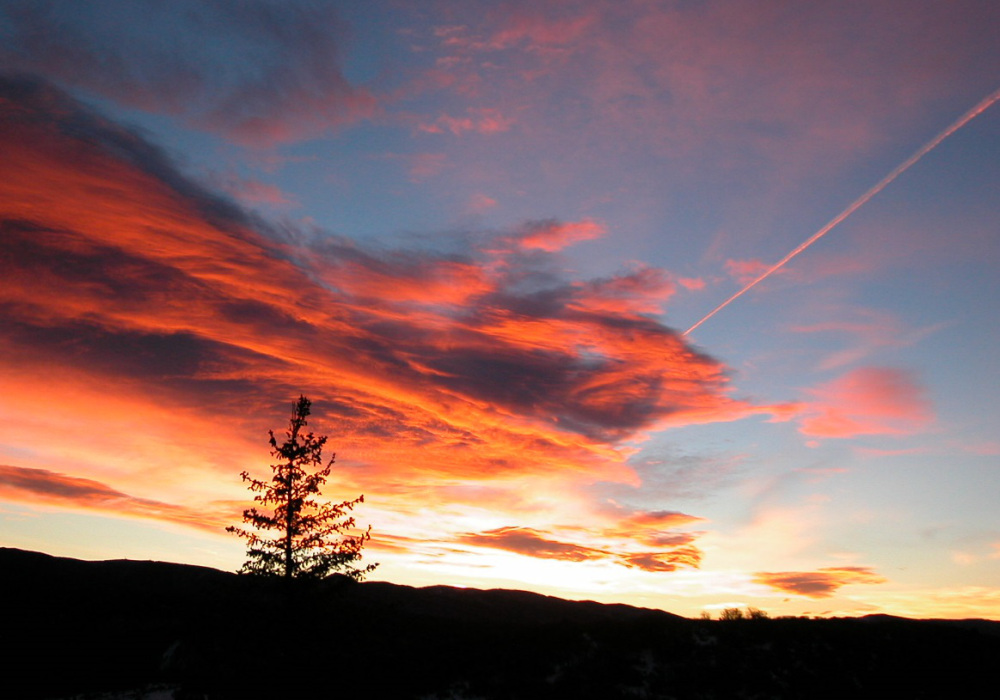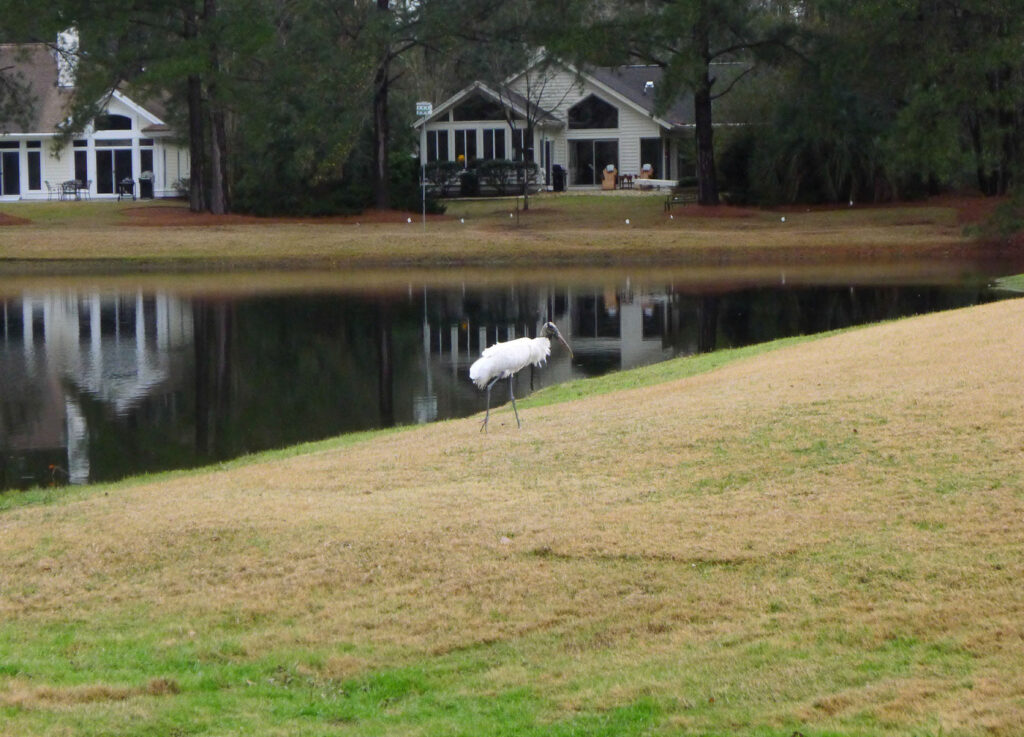Happy Summer Solstice! Today, June 20, marks the longest day of the year with 17 hours of light, and from here on out our days will grow shorter, though most of us will barely notice. The June solstice occurs when the Earth’s axis is most inclined towards the sun, with the sun reaching its northernmost point of the equator, resulting in more daylight.
This year’s solstice is more special than usual, as it coincides with a rare Strawberry Moon, an occurrence that hasn’t happened since 1967. Look up tonight, and hopefully you will spot a bright moonlit sky devoid of any cloud coverage. This full moon will be low in the sky, and with the heat and humidity typical in June, this may create a hazy reddish glow.
The name Strawberry Moon derives from the Algonquin tribes of North America, who believed that June’s full moon indicated the commencement of strawberry picking season. The first full moon in June is also called the Honey Moon, because many believed it marked the best time to harvest honey from beehives.
The Summer Solstice also has special significance other than symbolizing the start of summer. Many cultures have celebrated its symbolism for renewal, fertility, and harvest. Perhaps the most famous culture and religion to honor is significance has been the Pagans.
The word solstice means “sun standing still” in Latin, and this day was especially important on the Pagan calendar, because the Pagans believed that Midsummer was a time when the veil was thinnest between their world and others, resulting in heightened fairy activity. The most famous Pagan solstice site is Stonehenge in Avebury, Wiltshire where the sun reaches the middle of the stones, shining on the central alter on this day of the year. Celebrations of the Solstice continue to occur at this site and others across the world, so enjoy your night accordingly– and don’t forget to start picking your ripe strawberries!



